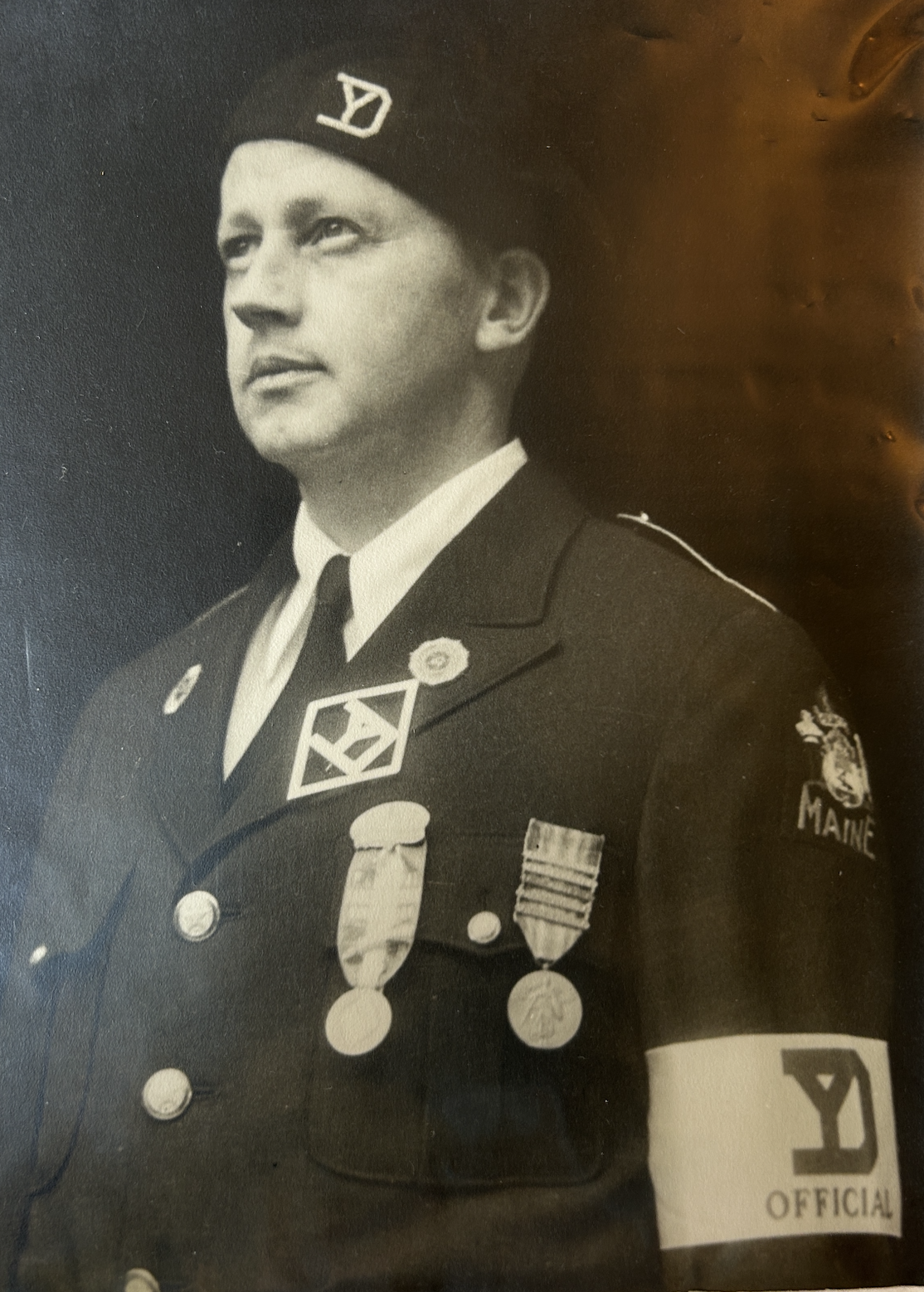
Louis A. Donahue was a decorated military officer, respected public servant, and devoted family man whose life spanned eras of dramatic change in American history. Born June 2, 1891, in Portland, Maine, he was the son of Thomas F. and Elizabeth (“Bessie”) Donahue. Educated in Portland’s public schools and North Yarmouth Academy, he later graduated from Bowdoin College and Harvard University, where he excelled in track and golf.
The Donahues had deep roots in Portland after emigrating from Ireland. Thomas opened a clothing store in Monument Square in 1885, while Bessie worked as a dressmaker—an enterprising duo whose work ethic shaped their children’s lives and ambitions.
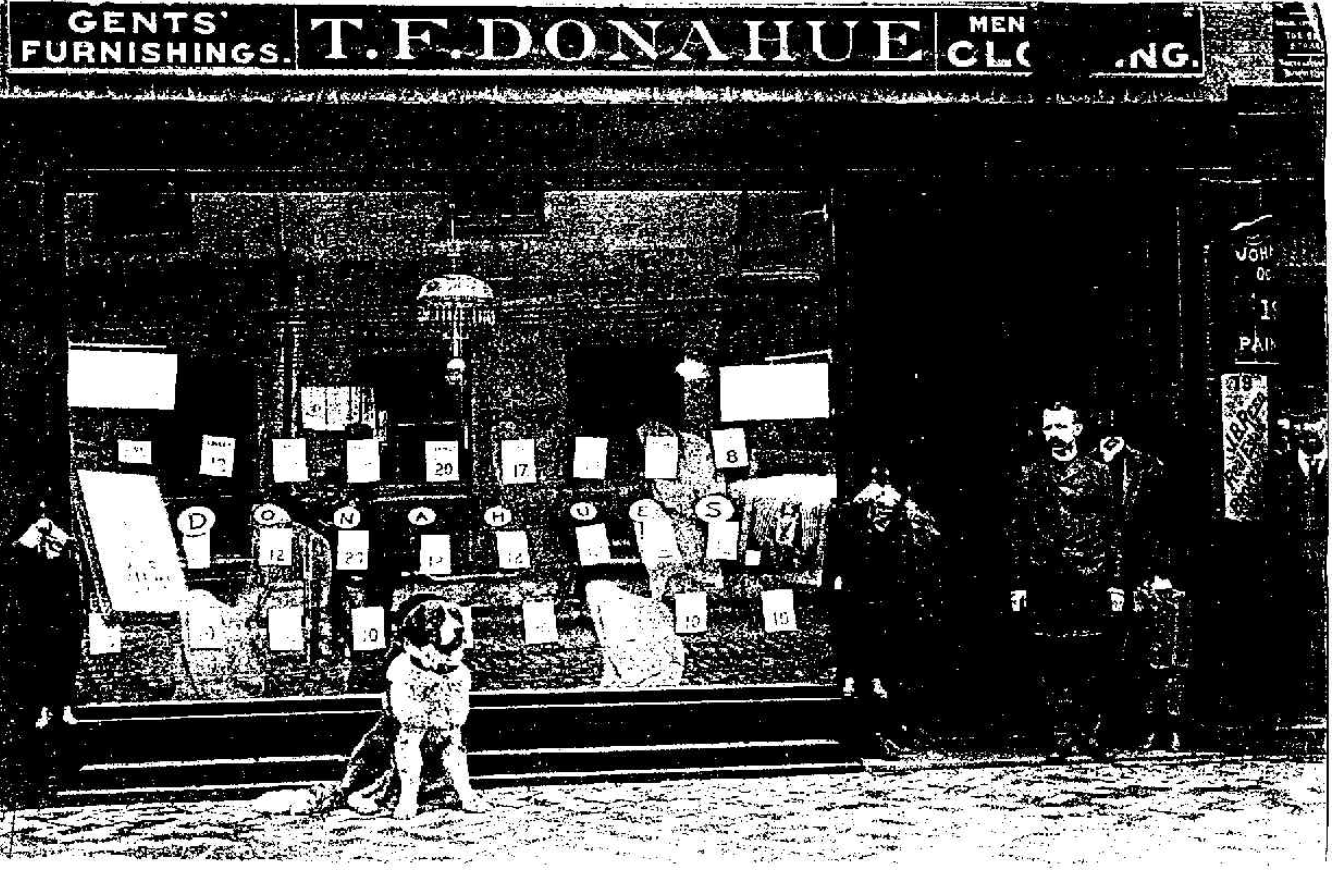
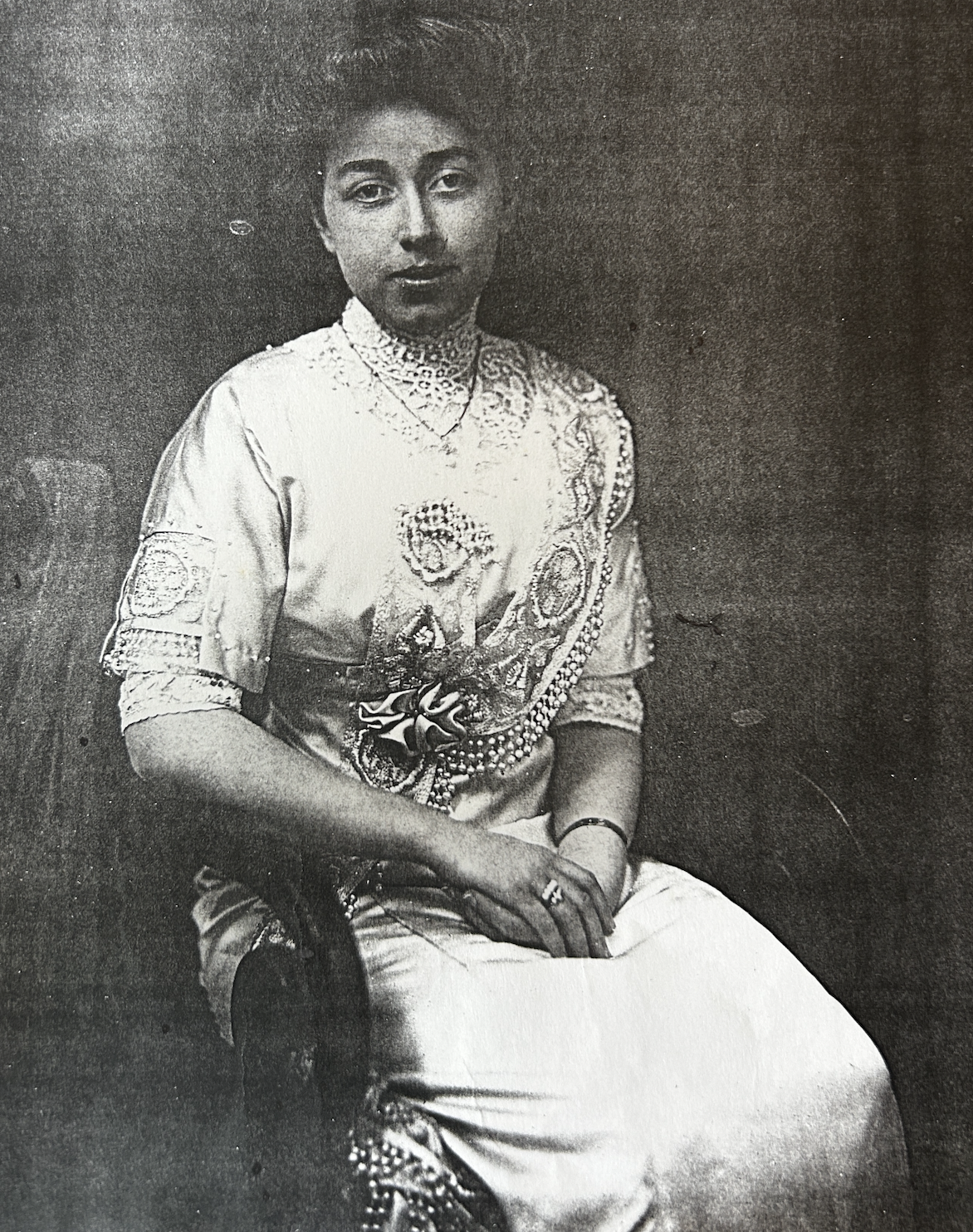
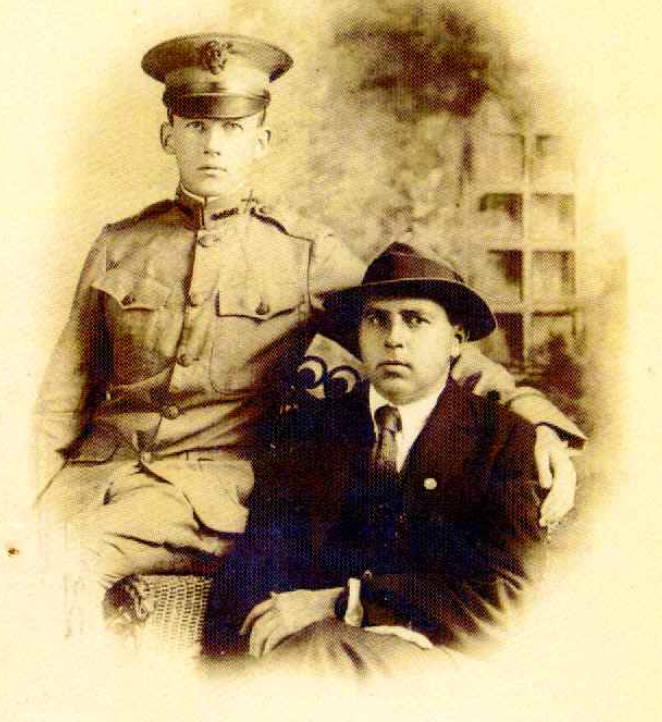
Before America entered the war, Louis reported to the Plattsburgh, New York officers’ training camp. He had served with the Maine National Guard, part of the earliest contingents mobilized for overseas duty—a different kind of trailblazing than his father’s, but in the same spirit.

As a first lieutenant in the 101st Infantry, 26th Division, Donahue sailed to France aboard the U.S.S. Pastores, landing at Saint-Nazaire. Pershing judged the A.E.F. unready for trench warfare; Americans trained intensively with French units through 1917–18 before entering the line.
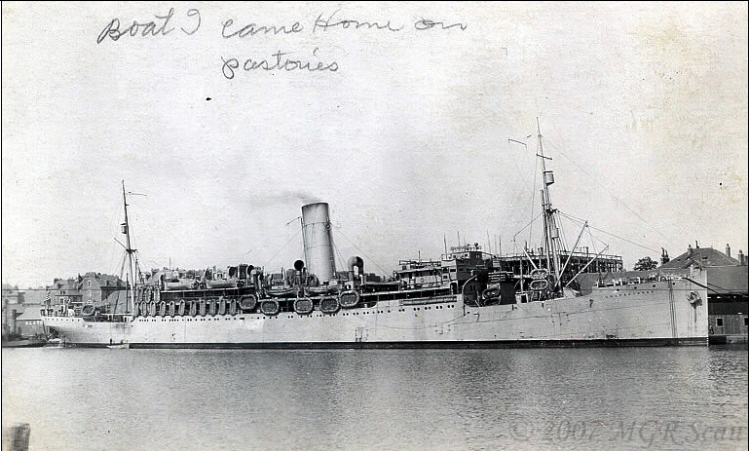
Donahue’s first actions came in February 1918 near the Chemin des Dames, followed by the Toul sector. A brief respite saw him instructing rifle and grenade tactics with the 32nd Division at Champlitte (Michigan and Wisconsin troops) before returning to combat.
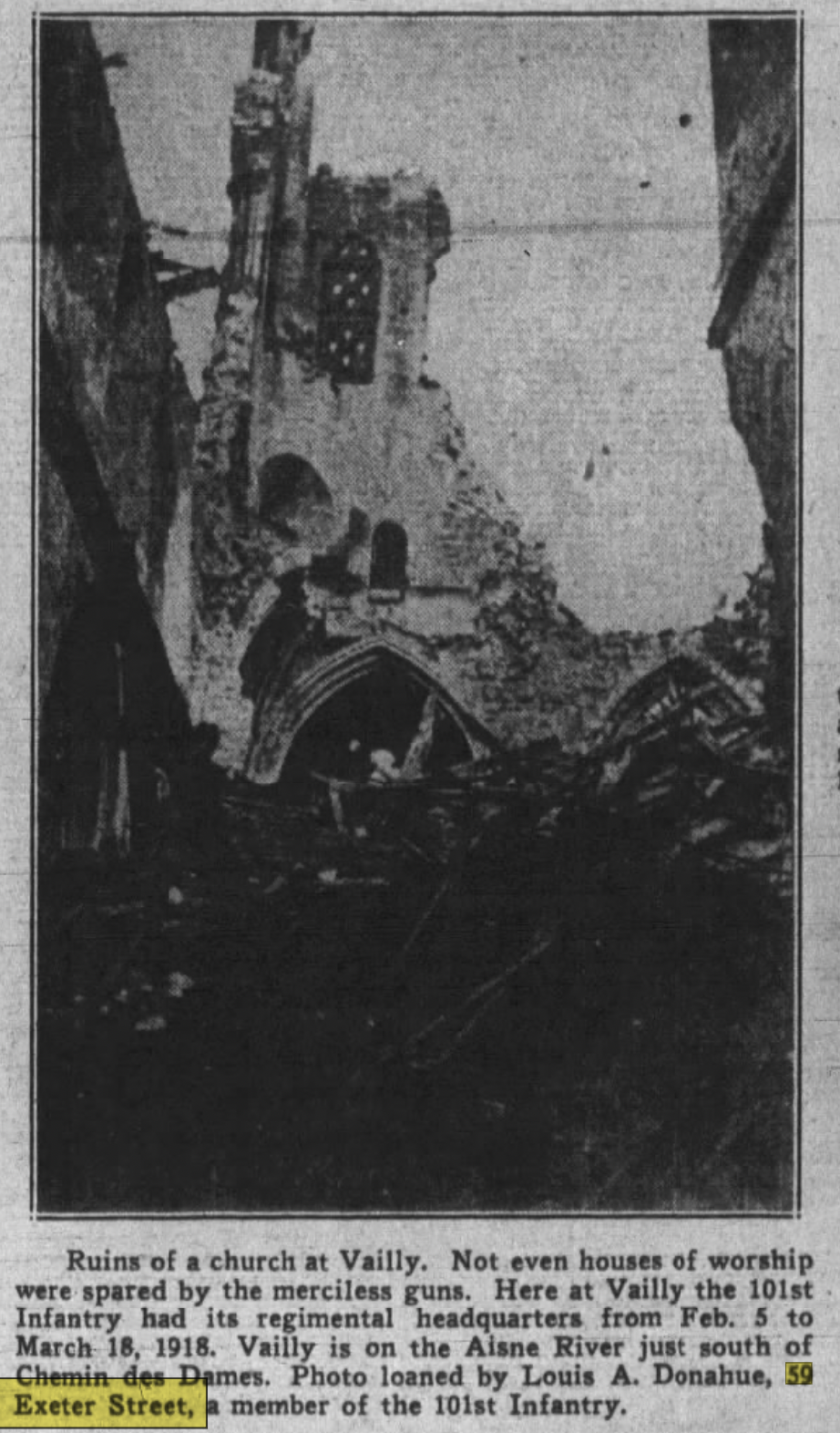
From mid-June to the Armistice, Donahue served in nearly every major American operation: renewed action at Toul; Champagne-Marne; Aisne-Marne; Saint-Mihiel; and Meuse-Argonne. He was twice wounded—gassed during Aisne-Marne (six weeks hospitalized at Limoges and Bordeaux) and struck by shrapnel at Meuse-Argonne, an injury causing temporary blindness and lasting vision damage.
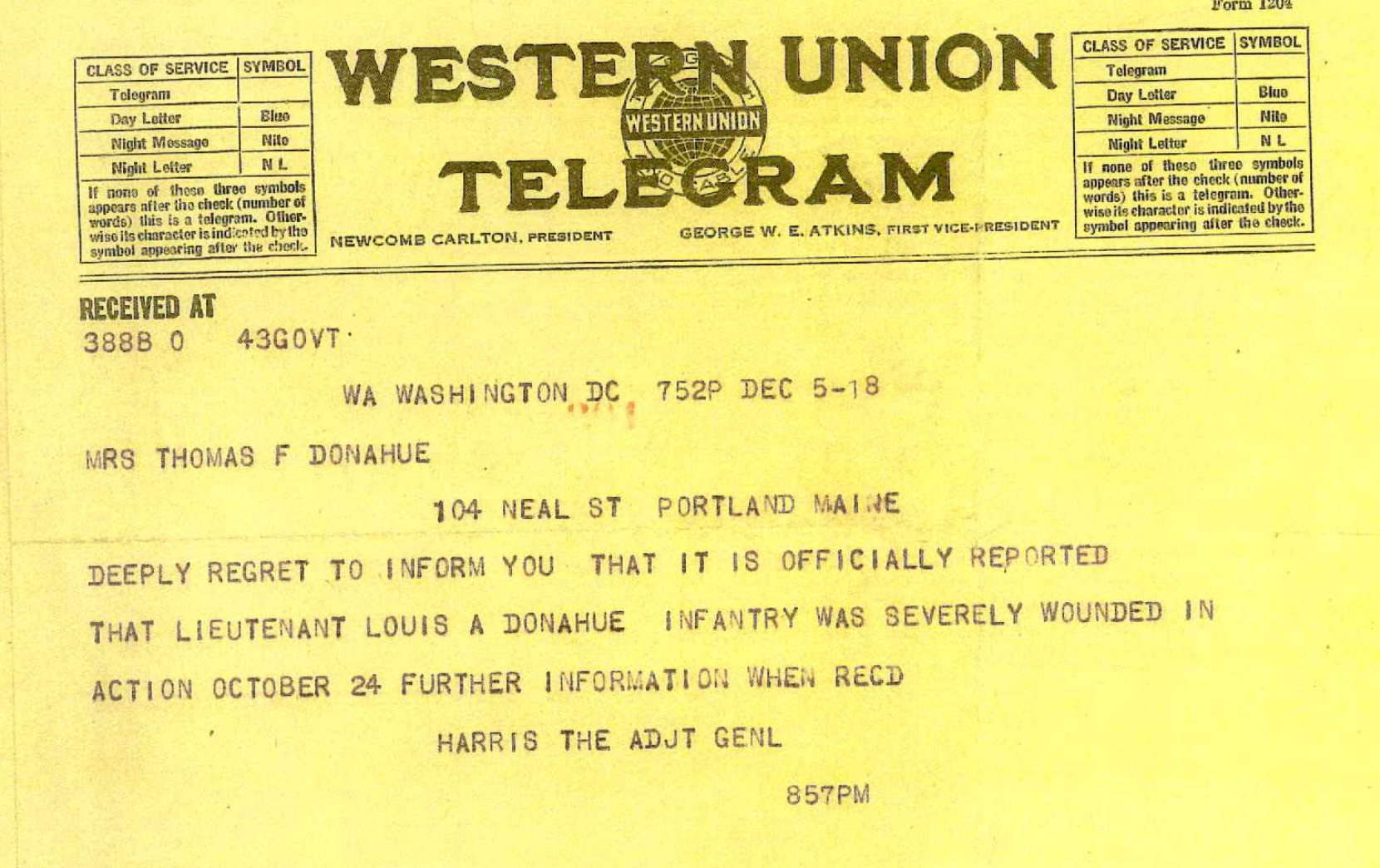
Despite the scars of war, family recollections describe Donahue as steady, fair, and uncomplaining. After returning home, he entered business with James Cummisky and in 1922—at the urging of community leaders—ran for Congress in Maine’s 1st District. He lost to incumbent Carroll L. Beedy, an outcome that may have suited a man averse to political theater.
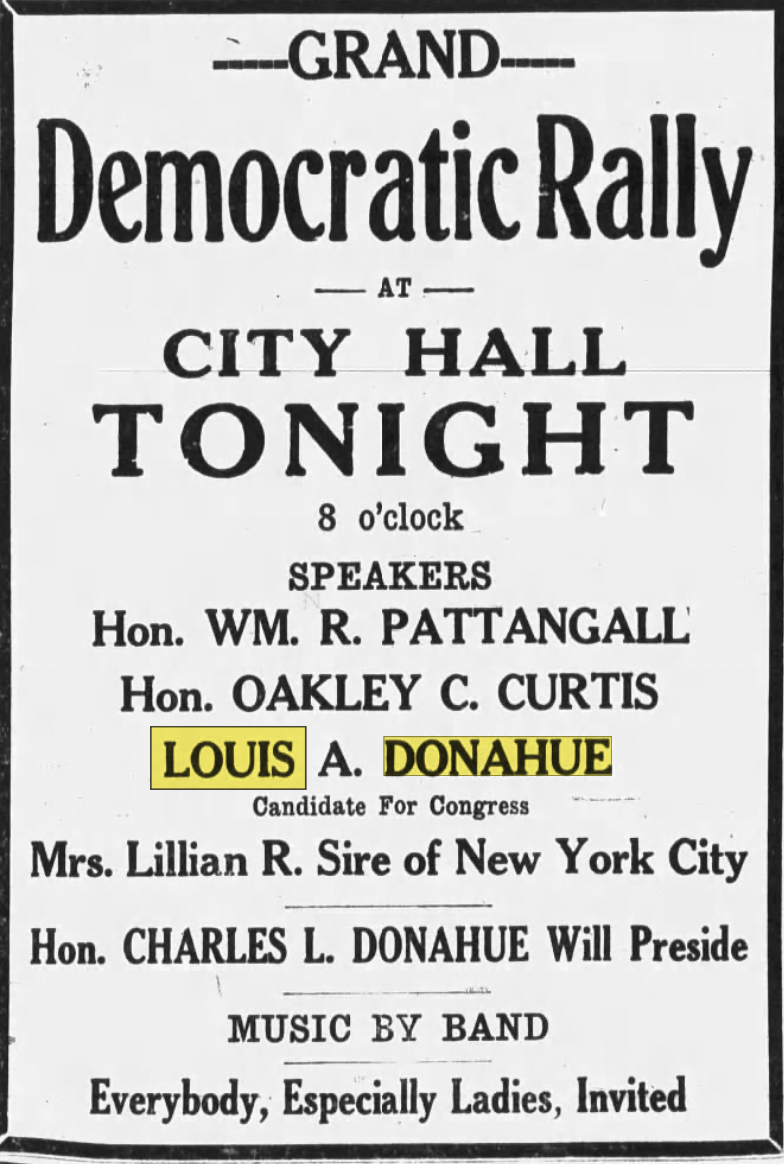

By the early 1930s, the family moved to Augusta, where Donahue joined the Internal Revenue Service, rising to district director—a role well aligned with his methodical temperament. He married Eleanor M. McCarthy of Portland; they raised five children and enjoyed a large extended family.

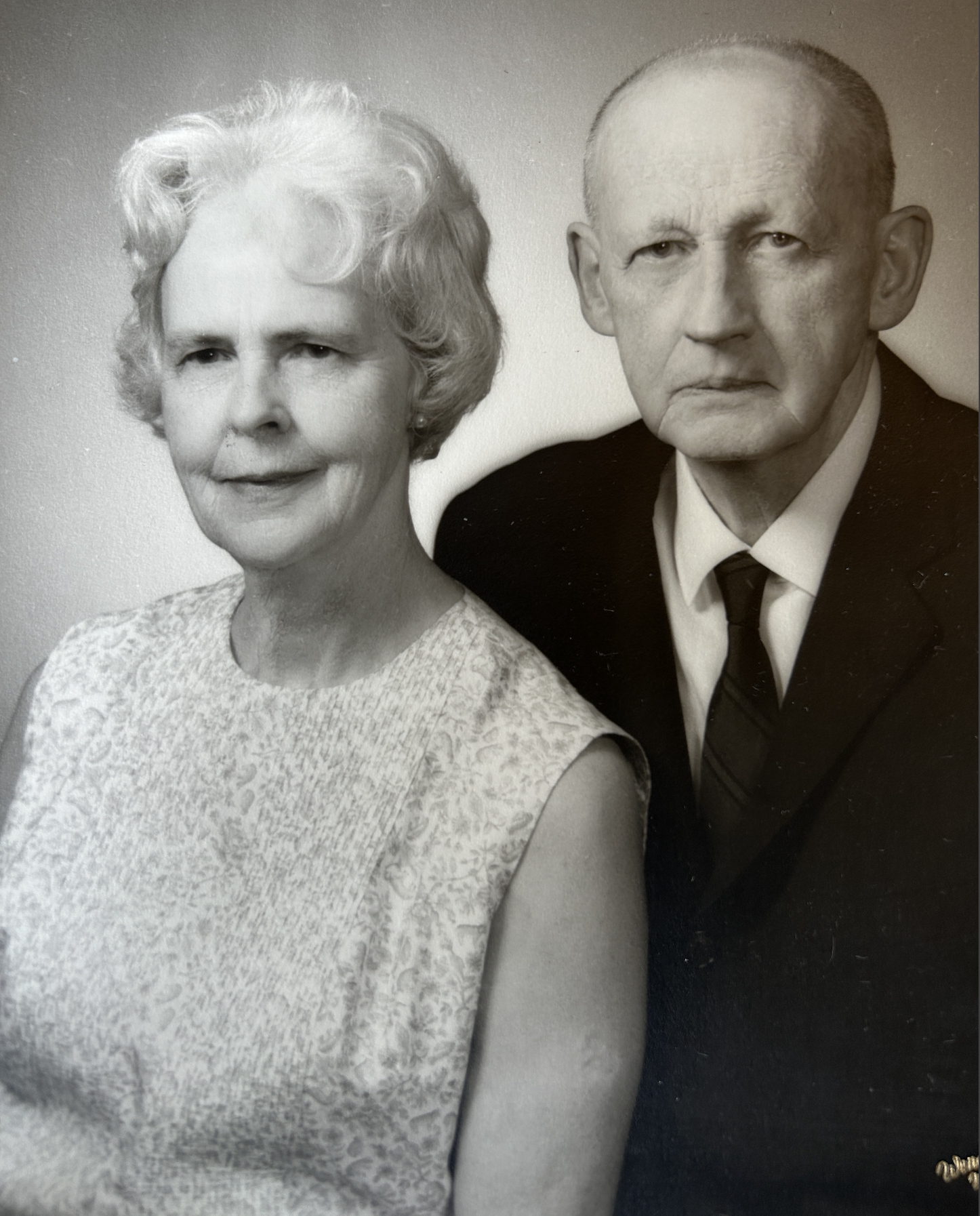
In family memory, Louis’s love was practical and constant: the small courtesies, the easy “bud” to children and friends, and even cracking lobsters so his kids never had to. Picnics at the end of Winthrop Street along the Kennebec—with cream-cheese-and-olive sandwiches and Orange Crush—became the kind of rituals that outlast headlines. Through war and peace, Donahue’s life reflected discipline, humility, and devotion—a model of quiet American character.
Sources and Further Reading
- Evening Express (Portland, ME). “Lieut. Louis A. Donahue Twice Wounded in Action Overseas,” Aug 10, 1918, p. 7. newspapers.com
- Roster of Maine in the Military Service of the United States and Allies in the World War, 1917–1919. Augusta, 1929.
- U.S. Army Center of Military History. American Armies and Battlefields in Europe. Washington, DC: GPO, 1938. history.army.mil
- “U.S.S. Pastores – Homeward Bound.” 2nd Division A.E.F. 2nd-division.com
- Army Medical Department Center of History & Heritage. “Field Operations: Meuse-Argonne.” achh.army.mil
- Bowdoin College. Bowdoin in the World War. Brunswick, 1920.
- On Maine politics and the 1920s Klan: Linda Gordon, The Second Coming of the KKK (2017); David H. Bennett, The Party of Fear (1988); Thomas R. Pegram, One Hundred Percent American (2011); Nancy MacLean, Behind the Mask of Chivalry (1994).
- Maine State Archives. Vital records and party materials; Maine State Democratic Party archives.
- Colin Woodard, The Lobster Coast (2004) — cultural background to family anecdotes.